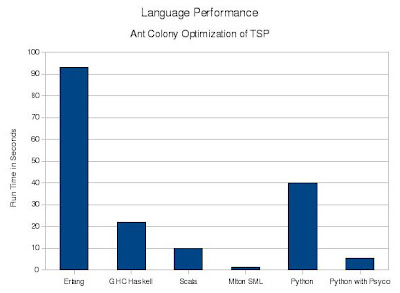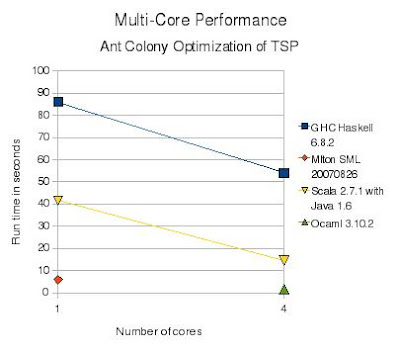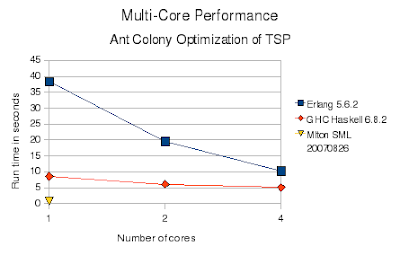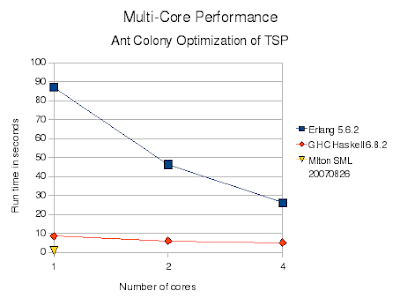- Occam's Razor
"the explanation of any phenomenon should make as few assumptions as possible, eliminating those that make no difference in the observable predictions of the explanatory hypothesis or theory" - Falsifiability
"the logical possibility that an assertion can be shown false by an observation or a physical experiment" - Uniformitarianism
"the assumption that the natural processes operating in the past are the same as those that can be observed operating in the present"
These three concepts form part of the bedrock of the Western scientific method. When taken seriously, they help refute most supernatural claims. Science asserts that physical law has been constant over the time frames of the evolution of life on Earth, the evolution of man, and the development of civilization.
While we cannot travel into the past to directly witness historical events, we can examine evidence that has been (or should have been) left behind. We can also closely examine contemporaries, in both our own and other cultures, making similar claims. In the case of current supernatural claims, not one has held up to scientific examination.
Psychology carefully avoids making judgments about the truth of supernatural claims, instead focusing the individuals ability to function within their local social group. In Western society today we still see individuals making supernatural claims very similar to those we read in ancient texts. Sometimes they are recognized as mentally ill, but this does not stop others from believing and following them. From this it is easy to assume ancient, pre-scientific peoples were even more credulous.
This leaves one with several options on how to partition one's world-view. One extreme is to assert that many contemporary supernatural claims, from many traditions, are all true. A more moderate position is that the world was different two to four thousand years ago, and that supernatural claims from that time period were true. Of course these positions are often subdivided where claims within one tradition are uniformly true while the others are false (or misguided interpretations of events actually powered by the one true source).
The simplest Occam's-Razor explanation is to take a Uniformitarian position and assert that all supernatural claims for all time are purely based in psychology.





